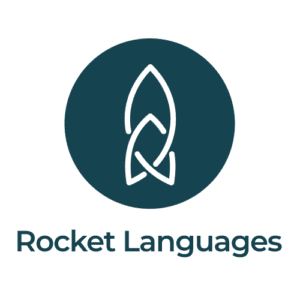
Hills in India
1. Hindi
Hindi is probably the most drastically underrepresented language in the language learning community compared to the amount of native speakers. Unlike many other languages on the list, it is available on quite a few of the major language learning platforms, including Duolingo, Rosetta Stone, Clozemaster, Rocket Languages, and Drops. However, these courses are generally not as developed as each platform’s course for more popularly learned languages like French and Spanish. Taking into account that Hindi has more first and second language speakers than both of these combined, it’s definitely safe to say that it gets much less attention than one would expect from the amount of speakers.
There are many reasons to look into Hindi. If you’re interested in language in itself, it could be interesting to experience an Indo-European language from the Indo side for a change, and see what it’s like when a language is related, but still, in some ways, far away from what you’re used to. India is also a massive country with mountains, forests, beaches, and cultures landmarks, so there’s a lot to see in terms of tourism.
Hindi ranks third in terms of first and second language speakers even after considering it and Urdu, which is said to be largely mutually intelligible, as separate languages.
2. Bengali
Bangladesh famously has a higher population than Russia despite what one might first guess from the size. Needless to say, Bengali also ranks very high when it comes to first and second language speakers, having more than both Russian and Portuguese. In addition to Bangladesh, Bengali also has a large community of speakers in India which contributes to its position as one of the most spoken languages in the world.
Like, Hindi, Bengali is an Indo-European language, so it shares a common heritage with European language as far as Icelandic. You’ll probably recognize some cognates and grammatical structures in common with English, but their specific branches of Indo-European split quite a long time ago, so you’ll probably notice more differences than similarities.
Despite the extremely high population density, Bangladesh actually does have a lot of nature in addition to its cultural landmarks. Most famously, it is home to the Bengal tiger, its national animal.
3. Indonesian
Indonesian is famous in the language learning community for being an “easy” language, known for what is thought of as simple grammar. It is also generally thought of as easier than many Asian languages due to its use of the Latin alphabet. If you’re considering learning it for the sake of an easy extra language, however, keep in mind that languages with “simple” grammar require more words to use effectively, and learning an alphabet is generally the easiest part of any language.
That being said, Indonesia is one of the most populated countries is the world and is a popular tourist destination. The language falls into the Austronesian family, along with languages as far apart as Hawaiian and Malagasy. As always with primary languages families, though, don’t expect mutual intelligibility. Especially in this case, where languages have been isolated from each other on islands for thousands of years. Still, it can be cool to see how many similarities you can find.
More
There are many languages around the world that could fit on this list, and if I kept going, it would probably be overwhelmingly filled with languages from India. With its high population, India is filled with languages that have millions of speaks that you might have never heard of. Marathi, Telugu, and Tamil, for example, are all languages that have more first and second language speakers than relatively popular options in the language learning community like Korean and Italian. Marathi is another Indo-European language, while Telugu and Tamil are part of the Dravidian group, which is mostly local to India. Both of these are have been classified as classical languages of India, having a major historical importance, and some have called for Marathi to be included as well.


